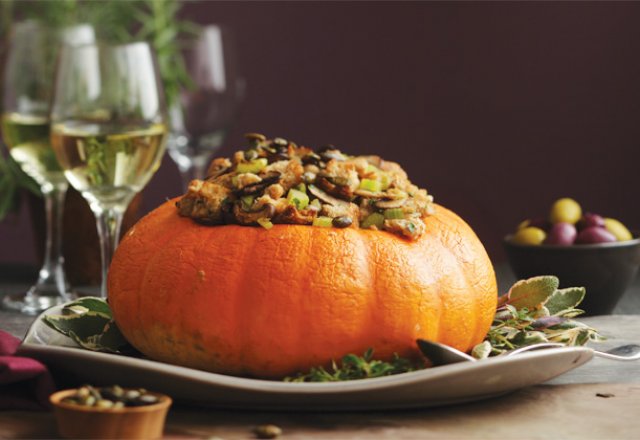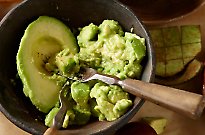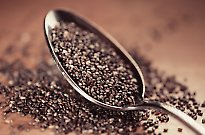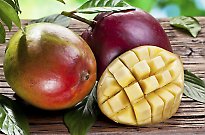
Pumpkin - an antioxidant powerhouse
Pumpkin - an antioxidant powerhouse

A fairytale favourite and a Halloween hallmark, pumpkin is a culinary stalwart, revered across cultures and a staple in myriad cuisines, thanks to its distinct, yet subtle, flavour, versatile texture and ease of preparation.
Also easy to grow in frost-free conditions, this close relative of the zucchini, gourd, squash and cucumber can weigh in excess of a hefty 600 kilograms and is available in varieties small and large, from Golden Nugget, Atlantic Giant and Jap to Butternut, Turk, Jarrahdale and Beaudesert Blue.
Holidays and Halloween
It was French explorer Jacques Cartier who first cast his eye on the now popular fruit back in 1528 in America’s St Lawrence region. Little did he know that he discovered what would become one of the world’s most-recognised culinary ingredients. The pumpkin’s association with Halloween can be traced back to America’s Irish immigrants, who, in their homeland, would carve faces into potatoes and turnips in order to deter winter’s evil spirits. However, they found the pumpkin better for carving and housing a candle, to be placed on windowsills and doorsteps, ensuring the family success come spring.
How to Grow Your Own
Chelsea van Rijn of Trevallan Lifestyle Centre, Queensland, suggests choosing a warm, sunny spot to grow your pumpkin vine. Well-drained soil is also a must.
“Pumpkins creep and crawl, so the larger the area, the better,” she suggests. “If you live in an area where it’s hot most of the time, you can plant pumpkins anytime – otherwise at the end of winter is best.”
While organic slow-release fertiliser can help your crop to grow healthy and strong, it’s not necessary with hardy pumpkin. However, covering the soil regularly with organic sugarcane mulch is a good idea once the plant has appeared.
Deter fungus growth by watering less regularly and keep an eye out for fruit fly that sting the flower, preventing the fruit from forming.
NEXT: Browse our favourite pumpkin recipes>>















